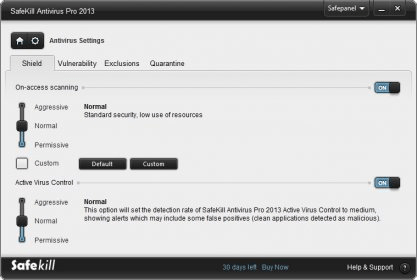


Lipid peroxidation biomarker in the blood of X-irradiated rats significantly increased and accompanied by decrease in the levels of GSH, GSR, GPX, catalase as well as TAC. LDH, CK-MB, ALT, AST, MDA, TAC, Catalase activity, GPX, GSR and GSH were measured. Group IV: Rats orally intubated with thymoquinone (20 mg/kg/day) for 7 days then subjected to whole-body irradiation with 6 Gy then supplemented with thymoquinone (20 mg/kg/day) for another 7 days. Group III: Rats orally intubated with thymoquinone (10 mg/kg/day) for 7 days then subjected to whole-body irradiation with 6 Gy then supplemented with thymoquinone for another 7 days. Group II: Whole-body irradiated rats with 6 Gy of X-ray. This study conducted on 40 male adult Wistar albino rats randomized into the following groups: Group I: Control rats did not receive thymoquinone or ionizing radiation. This study aimed to evaluate the radioprotective effect of thymoquinone in whole body X-irradiated rats. Thymoquinone, has anti-inflammatory, anti-oxidant, and cardio protection properties.

The results from this study lend credence to the possible radiomitigative effects of this drug possibly via a dampening of metabolism-based tissue injury, thus aiding in recovery of vital, radiation-injured organ systems. We observed alterations in biochemical pathways relating to inflammation and oxidative stress after radiation exposure that were alleviated in animals that received Ex-Rad I or Ex-Rad II. Two different dose administration schedules (Ex-Rad I administered 24 and 36 h post-irradiation, and Ex-Rad II administered 48 and 60 h post-irradiation), were used and evaluated using a global molecular profiling approach. In this study, we have evaluated the metabolomic and lipidomic profiles in serum samples of nonhuman primates (NHPs) treated with Ex-Rad after exposure to ionizing radiation. One possible candidate is Ex-Rad, also known as ON01210, a chlorobenzyl sulfone derivative (organosulfur compound), which is a novel, small-molecule kinase inhibitor with demonstrated efficacy in the murine model. There are several additional drug candidates currently under evaluation that may also be helpful for use during a widespread emergency. To date, the United States Food and Drug Administration (FDA) has approved four drugs to mitigate hematopoietic acute radiation syndrome and all four are repurposed radiomitigators. However, its radioprotective effect would need to be investigated for more organs in future studies.

Furthermore, the inhibition of apoptosis through p53 signaling pathway was the main mechanism of radioprotection by Ex-RAD. Findings from the reviewed studies indicated that Ex-RAD showed potentials for effective radioprotection of the studied organs with no side effect. From an initial search of 268 articles, and after removal of duplicates as well as applying the predetermined inclusion and exclusion criteria, 10 articles were finally included for this systematic review. To this end, a systematic search of the electronic databases including Pubmed, Scopus, Embase, and Google Scholar was conducted to retrieve articles investigating the radioprotective effect of Ex-RAD. Thus, in the present study, we systematically review existing studies on a chemical radioprotector, Ex-RAD, with the aim of examining its efficacy of radiation protection as well as underlying mechanisms. In the search for the most effective radioprotective agent, factors such as toxicity, effect on tumors, number of tissues protected, ease of administration, long-term stability, and compatibility with other drugs need to be assessed. One of the ways of accomplishing radiation protection is through the use of radioprotectors. Protection of normal tissues against ionizing radiation-induced damages is a critical issue in clinical and environmental radiobiology.


 0 kommentar(er)
0 kommentar(er)
